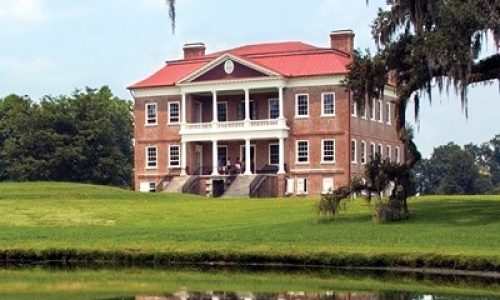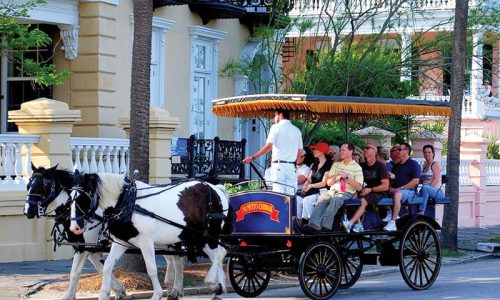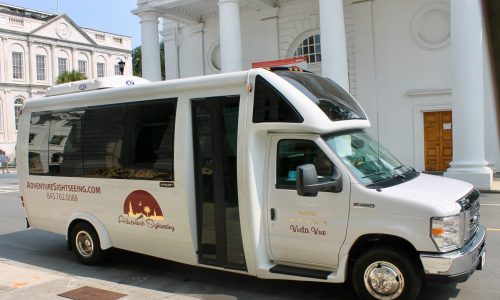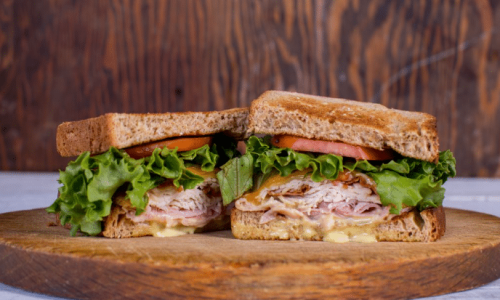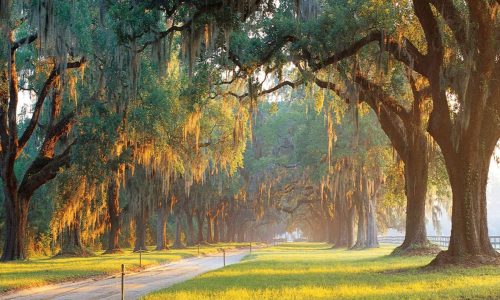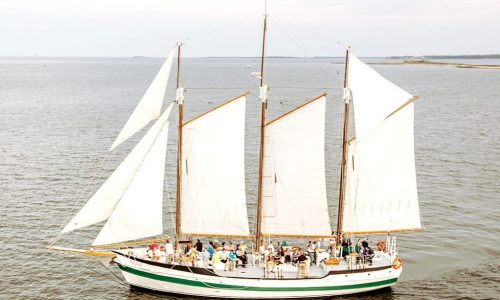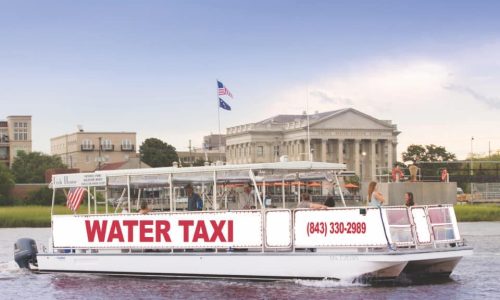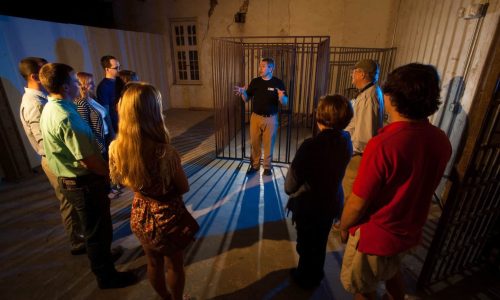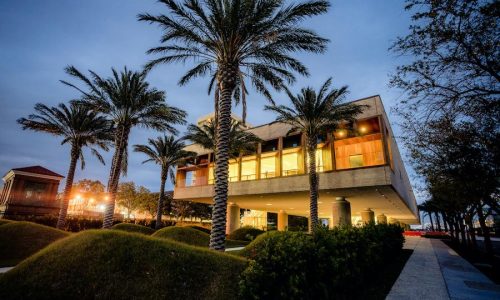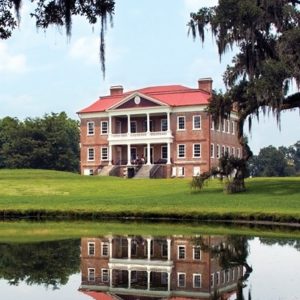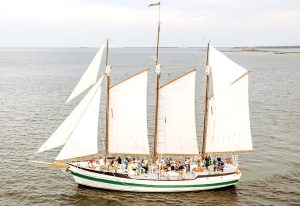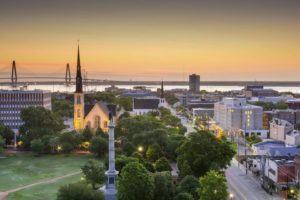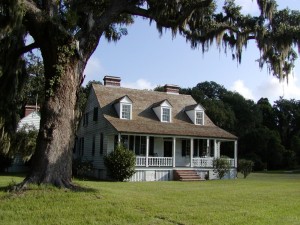
Charles Pinckney National Historic Site commemorates a principal author and signer of the U.S. Constitution. But like Pinckney, referred to as the “forgotten founder,” this historic site could be overlooked on a trip to Charleston. Put it on your must-visit list for a true history lesson.
The historic site is located on Long Point Road in Mount Pleasant, almost across the street from the entrance to Boone Hall Plantation, making it a convenient stop before or after a tour of Boone Hall.
Pinckney was born into a prominent Charleston in 1757. His father, a wealthy planter and attorney, was also an officer in the local militia, a member of the General Assembly and served as president of the S.C. Provincial Congress in 1775. The Pinckneys were part of the city’s social elite.
The young Pinckney studied law with his father and, after joining the South Carolina Bar, took part in the Franco-American attempt to retake Savannah from the British. When the British captured Charleston in spring 1780 both the young Pinckney and his father were arrested and imprisoned.
His father declared his allegiance to the British and was freed but Pinckney remained in prison. His father’s actions, however, saved the family land – known as Snee Farm – from being confiscated. Pinckney was released in June 1781.
Pinckney went on to serve in the General Assembly and then was selected as a delegate to Congress. His three cousins – including John Rutledge – were representing the state at the Constitutional Convention in Philadelphia to discuss problems with the Articles of Confederation. Pinckney took part in the debate and worked for South Carolina to ratify the new Constitution, which it did on May 23, 1788.
Over the years, Pinckney married, had three children and held a variety of political offices. He joined Thomas Jefferson’s new Democratic-Republican Party, which championed the interests of rural America over the aristocrats. Pinckney was Jefferson’s campaign manager for South Carolina, helping him win the election of 1800. Jefferson appointed him ambassador to Spain.
He returned to his home state in 1806 serving again in the General Assembly and then as governor. He died at the age of 67 and is buried at St. Philip’s Episcopal Church in Charleston.
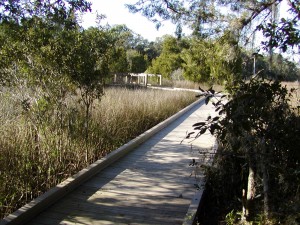
Facts about Charles Pinckney:
- At age 29, Charles Pinckney was the second youngest delegate to the 1787 Constitutional Convention in Philadelphia.
- Charles Pinckney National Historic Site is the only site in the National Park System that was owned by a signer of the U.S. Constitution.
- Up until 1865 most of the people living at Snee Farm were enslaved. Today you can see the archaeological foundations of three slave houses at Charles Pinckney NHS.
Information from Charles Pinckney National Historic Site.
Plan Your Visit:
Charles Pinckney National Historic Site
1254 Long Point Road, Mount Pleasant
Open daily from 9 a.m. to 5 p.m. (except Jan. 1, Thanksgiving Day and Dec. 25). Free admission.
843-881-5516
nps.gov/chpi




